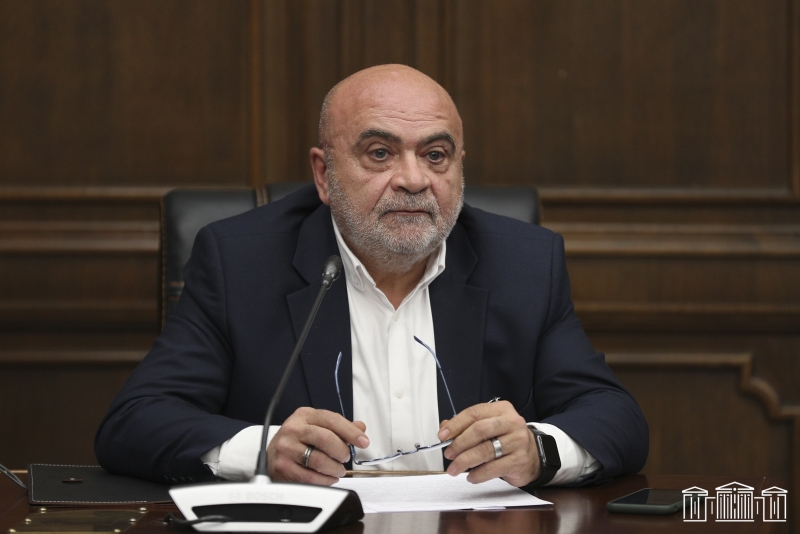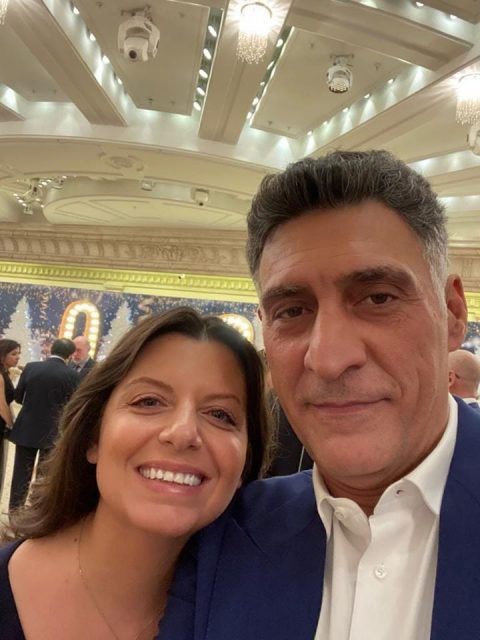In the days of Nikita Khrushchev’s leadership (mid-1950s to the 1960s) some Western movies began to be screened in the Soviet Union and some literature was translated. To the surprise of the government, many American motion pictures galvanized incredible public interest, much greater than many of their contemporary Soviet films. In 1961 a record number of 67 million movie tickets were sold for the American Western “The Magnificent Seven” by film director John Sturges, surpassing any other Soviet or foreign film screened in the USSR till then.
At the 1965 discussion, Keosayan drew attention to this precedent, suggesting that a new approach be adopted. Per Keosayan, the films on the revolution should focus less on the revolution itself but rather feature adventures, horse riding, shootings and action that would still remain within the scope of the revolutionary context. Keosayan basically spoke in favor of shooting a Western-style movie in the USSR, a totally new genre for Soviet cinematography. According to some sources, there was a moment of hesitation by the supervisors. Emulating an American movie-style in the years of the Cold War was a challenging idea. However, the government finally accepted the initiative.
Read also
By the end of 1966 Keosayan’s film about four teenagers (three of Slavic nationalities and one Gypsy) was ready. The magnificent four, despite their young age, were skillfully riding horses, shooting from guns, and engaging in all kind of tricks – helping poor people and chasing the oppressors. In April 1967 in Moscow’s Home of Cinema, the premiere of Keosayan’s “The Elusive Avengers” took place.
Public appreciation of the film exceeded all expectations. A schoolgirl wrote a letter to one of the acters saying that she had watched the film 50 times. In Soviet cinematography, if a film would recover the expenses within a year after its release, it was considered a success story. With over 50 million movie tickets sold, Keosayan’s “Avengers” paid off its budget within eight weeks after release – and secured substantial income in the following months. Keosayan also did the first sequel in the USSR by producing two more films describing the adventures of the four avengers. In both cases, with 60+ million tickets sold, Edmond Keosayan scored new records, therefore jumping to the top of the list of the most successful Soviet moviemakers.
In spite of his headspinning success, Keosayan never forgot his ethnic roots. He frequently included Armenian acters in the films. Armen Dzhigarkahnyan, Eduard Abalian, Sergey Potikian, Artem Karapetyan and Laura Keosayan (his wife) appeared in his movies with many compatriots serving as part of his technical crew. Keosayan also directed two films in Armenia itself. The first was “The Men” [Tghamardik], a comedy, in 1973 and then, in 1978 “Star of Hope” [Hooso Astgh]. The latter is a historic drama dedicated to the struggle of the Armenian people in the Syunik region of Armenia. A monument on Zoryan Street of Yerevan, not far from the Opera House, depicts the group of friends who appear in the film “The Men.”
A small detail reveals something of Keosayan’s feelings about Armenian identity. In a movie called “When September Comes” (1975), an old Armenian man flies to Moscow to take his grandson for the first time to school on September 1, when the schoolyear officially commences. In one of the final scenes the man gets drunk and sings an Armenian song. The Russian voice-over of the song relates some content about apple trees. However, the Armenian audience could understand that in reality the song was dedicated to Armenian fedayees. “Hay fedayeener, dzhan fedayeener, dzer mayrere dzez ghurban,” sang the old man.
Edmond Keosayan passed away in 1994. Both his sons, Tigran and David are engaged in movie production. Few Soviet moviemakers followed his example by creating more Soviet-type Westerns. The new genre eventually became known as Eastern however, for distinguishing purposes.
The video segment below features several segments of Keosayan’s Armenia-related movies.
Here is an excerpt from the “Elusive Avengers.”
https://youtu.be/Zpcv1G44jQE?list=PLAWnC5vE768eHpSdhheunXZ9vFBo-iq0Q
Here is the link to the full “Elusive Avengers,” with English subtitles.
And here is the link to the full “New Adventures of the Elusive Avengers,” with English subtitles.






























































